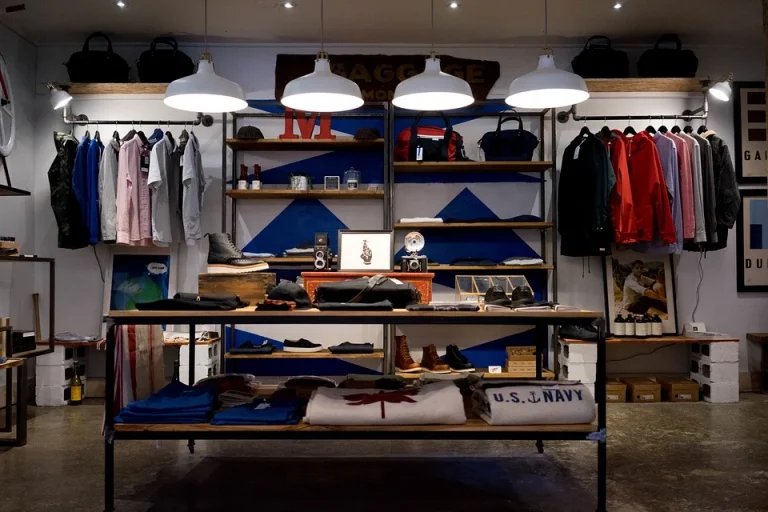Deze crypto-activa kunnen u op de lange termijn rijker maken. In het afgelopen jaar is de markt voor cryptocurrency met 240% gestegen tot $ 2,2 biljoen. Dat is nog indrukwekkender in het licht van de recente uitverkoop. Sinds de piek van bijna $ 3 biljoen begin november, is de markt met meer dan een kwart gedaald. Helaas is dat soort volatiliteit gebruikelijk bij het omgaan met crypto-activa. Tokenprijzen hebben de neiging wild te fluctueren, vaak zonder duidelijke reden.
Hoe dan ook, cryptocurrencies hebben ongetwijfeld enorme rijkdom gecreëerd en die trend zal zich voortzetten. Beste creditcards voor crypto vind je online. Digitale activa winnen nu terrein bij vermogensbeheerders, openbare bedrijven en andere instellingen. In de komende jaren zou die dynamiek de prijs van Bitcoin (CRYPTO:BTC) en Ethereum (CRYPTO:ETH) omhoog moeten duwen, aangezien ze momenteel worden gerangschikt als de twee meest aangehouden digitale activa onder institutionele beleggers.
https://youtu.be/N7AXzZSEqiw
1. Bitcoin
De investeringsthese voor Bitcoin is eenvoudig. Ten eerste is het de meest populaire cryptocurrency. Sinds zijn debuut in 2009 heeft Bitcoin een marktwaarde van bijna $900 miljard bereikt en is het goed voor ongeveer 41% van de gehele cryptomarkt. Adoptie door fintechs zoals Block (voorheen bekend als Square) en PayPal hebben dat voordeel alleen maar versterkt, waardoor het voor consumenten gemakkelijker wordt om Bitcoin te kopen.
Ten tweede is Bitcoin een eindige activa. De broncode bepaalt dat er slechts 21 miljoen munten ooit zullen bestaan, en ongeveer 90% van dat totaal is al in omloop. Bovendien, omdat een algoritme de snelheid bepaalt waarmee Bitcoin kan worden gedolven, zal de laatste munt pas in het jaar 2140 worden geslagen. Dat betekent dat het aanbod de komende eeuw redelijk stabiel zal zijn. De wetten van vraag en aanbod suggereren dat wanneer het aanbod constant wordt gehouden, stijgende vraag correleert met stijgende prijzen.
Dat brengt me bij het derde en laatste punt. De vraag naar Bitcoin wint aan kracht bij institutionele beleggers. In november 2020 bezaten instellingen 3,6% van Bitcoin op volledig verwaterde basis. Dat cijfer is het afgelopen jaar bijna verdubbeld tot 7,1%. Wat nog belangrijker is, is dat die trend zich zal voortzetten. Een recent onderzoek van Fidelity suggereert dat instellingen steeds optimistischer zijn over cryptocurrency, waarbij 71% van de ondervraagden van plan is in de toekomst digitale activa te kopen, een stijging van 59% vorig jaar.
De populaire fondsmanager Cathie Wood herhaalt dat sentiment. Ze gelooft zelfs dat institutionele beleggers uiteindelijk 5% van hun geld zullen besteden aan cryptocurrency, waardoor de prijs van Bitcoin in 2026 naar $ 500.000 zal stijgen. Maar dat is niet het enige digitale bezit dat Wood’s interesse heeft gewekt. Ze heeft ook steeds meer vertrouwen in Ethereum. Wood zei onlangs dat ze het volgende toewijzingsplan zou gebruiken bij het bouwen van een cryptoportfolio: 60% Bitcoin en 40% Ethereum.
2. Ethereum
De beleggingsthese voor Ethereum is eenvoudig. Het is de meest populaire programmeerbare blockchain, wat betekent dat ontwikkelaars slimme contracten (zelfuitvoerende computerprogramma’s) op het platform kunnen bouwen. Die technologie vormt de basis van decentrale financieringstoepassingen (DeFi), producten die het mogelijk maken om te lenen, uitlenen en rente te verdienen zonder tussenkomst van banken of andere gecentraliseerde tussenpersonen. Daartoe maakt DeFi financiële diensten goedkoper.
Momenteel is er $ 165 miljard geïnvesteerd in DeFi-producten op de Ethereum-blockchain. Dat is bijna 10 keer meer dan de $ 16,7 miljard die is geïnvesteerd in de Binance Smart Chain, het op een na grootste DeFi-platform. welke cryptocurrency kopen? De voorsprong van Ethereum komt neer op zijn first-mover-status en de breedte van zijn ecosysteem. Ethereum was met name de eerste programmeerbare blockchain en ondersteunt momenteel 2.900 gedecentraliseerde applicaties (dApps), veel meer dan enig ander platform.
Anders gezegd, Ethereum profiteert van merkherkenning en een breed productportfolio. Dat is vooral belangrijk omdat de DeFi-industrie zelf in een stroomversnelling komt. Sinds december 2020 is de waarde die is geïnvesteerd in DeFi voor alle blockchains met 1.290% gestegen tot $ 250 miljard. Gezien het vermogen om financiële diensten goedkoper te maken, denk ik dat de sector zal blijven groeien.
Waarom is dat belangrijk? DeFi-producten zijn niet gratis. Beleggers betalen transactiekosten met behulp van de eigen cryptocurrency van de blockchain. In het geval van Ethereum is daarvoor het ETH-token vereist. Dat betekent dat een grotere acceptatie van op Ethereum gebaseerde DeFi-producten zich zal vertalen in de vraag naar ETH, waardoor de prijs in de loop van de tijd zal stijgen. Maar dat is niet de enige wind in de rug. Ethereum is ook het op één na meest aangehouden digitale activum (na Bitcoin) institutionele beleggers, volgens Fidelity. Ervan uitgaande dat dat patroon intact blijft, zou de prijs ervan moeten stijgen naarmate meer instellingen diversifiëren naar cryptocurrency. Daarom ziet deze digitale asset eruit als een slimme langetermijninvestering.





